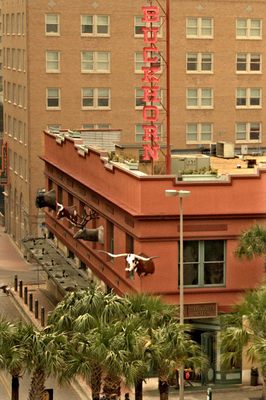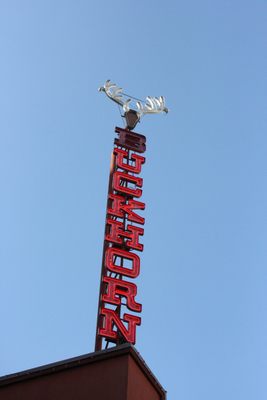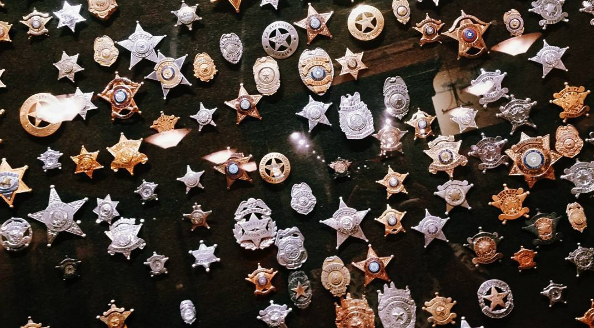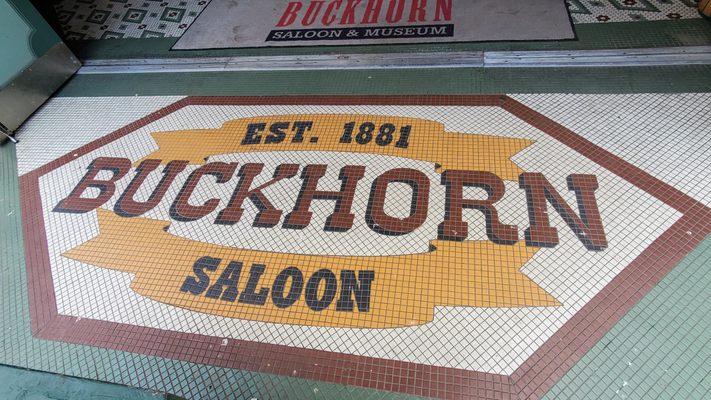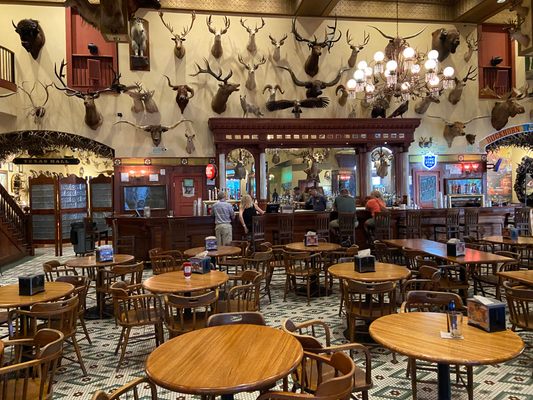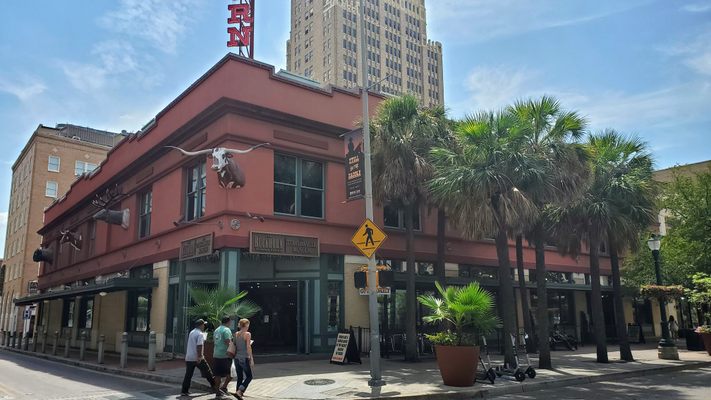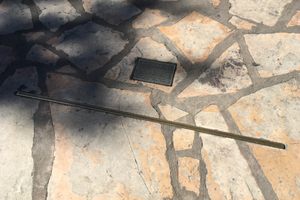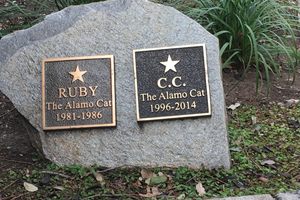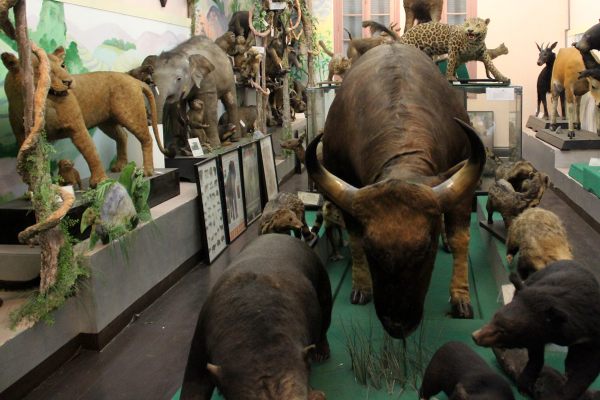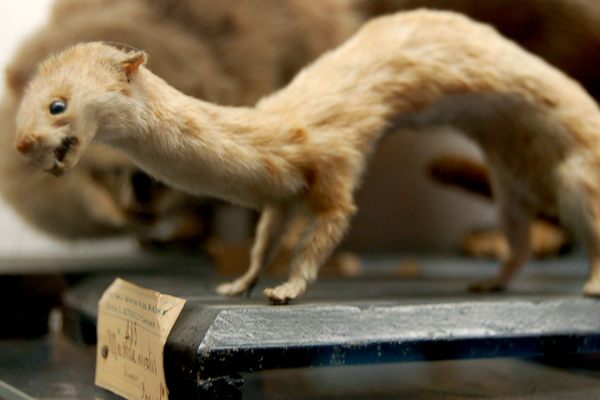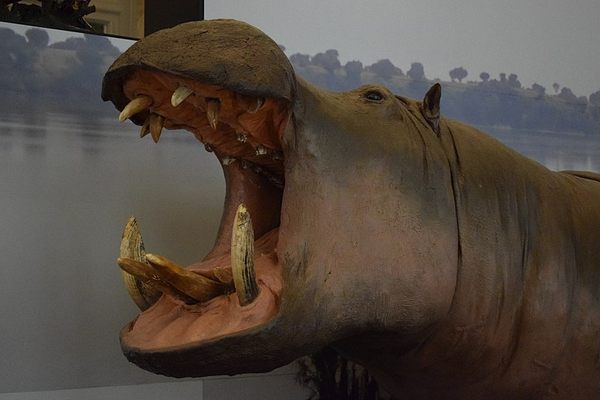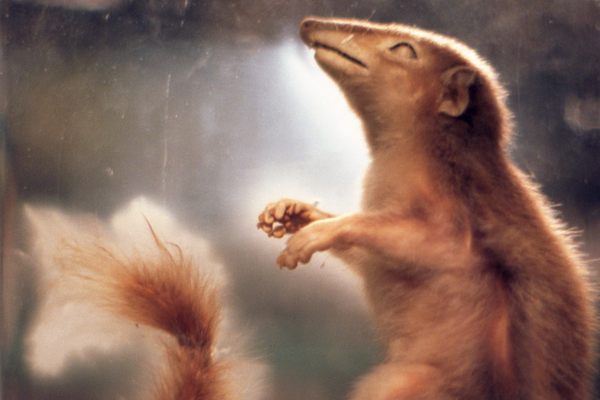About
Drink a beer whilst you admire stuffed cougars and shrunken heads.
Albert Friedrich was just a 17-year-old bellhop in 1881 when he purchased the building across the street from the hotel he worked at and opened a saloon. In what could have been an ill-advised business move, he began accepting antlers, horns, pelts, and other game trophies as payment for drinks.
A skilled furniture maker, Albert would craft the trophies into chairs and tables, which were sought after by the likes of Kaiser Wilhelm. These went on to decorate the ceiling and walls of the bar, eventually coating it entirely. His wife, Emile, got in on this action as well; she would accept jars of rattlesnake rattles and then use them in decorative works of folk art.
The Prohibition era could have proved disastrous for the Buckhorn Saloon, but the Friedrichs stayed afloat by charging admission to their ever-growing collection of curios. When alcohol was legal again, they doubled their income by officially opening as a twofold saloon and museum.
Through several changes of ownership and one massive move to a more central location, the Buckhorn Saloon and Museum has remained a fixture of San Antonio's tourism industry. It won't be difficult to spot The Buckhorn from San Antonio's riverwalk: The building is adorned with giant plaster heads of longhorn cattle, elk, and buffalo.
Though it is billed as a museum of wildlife, the Buckhorn's museum sports some impressive specimens, including a 10,000-year-old prehistoric elk. But the museum also sports a robust collection of oddities. There is a hall of taxidermy fakes, or gaffs, which boasts a "Manboon" and a Feejee mermaid that is equal parts monkey and fish.
Other non-wildlife related items reside in the Texas Ranger Museum, part of the Buckhorn. Part of the exhibit includes a replica of San Antonio at the turn of the century, which contains a model of Bonnie Parker and Clyde Barrow's car, complete with bullet holes.
The wax figure exhibit portrays important events in Texan history, with a little bit of dramatic flair. In one, a Comanche Native American scalps a pioneer while the man's wife and child look on in horror.
Related Tags
Community Contributors
Added By
Published
August 31, 2016



